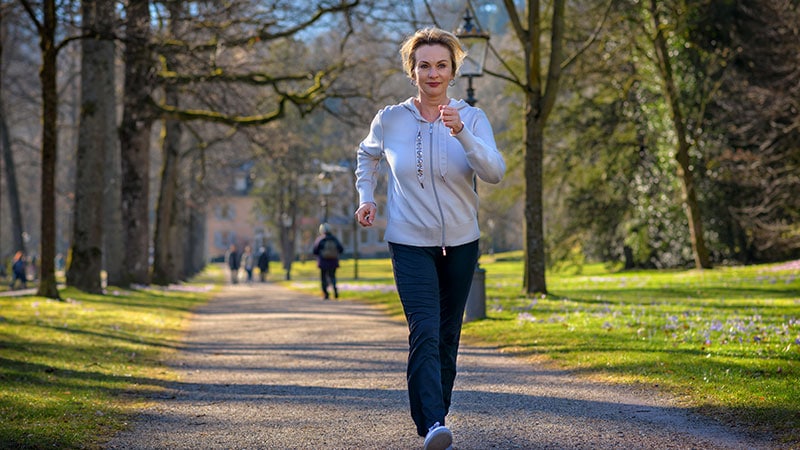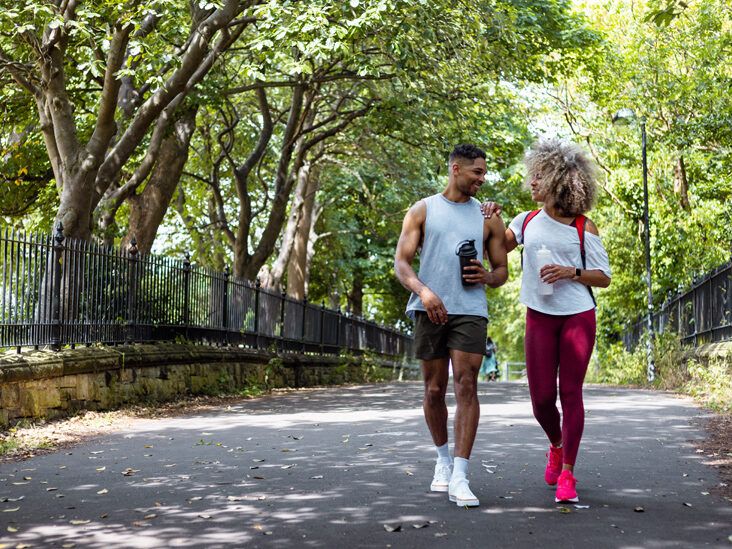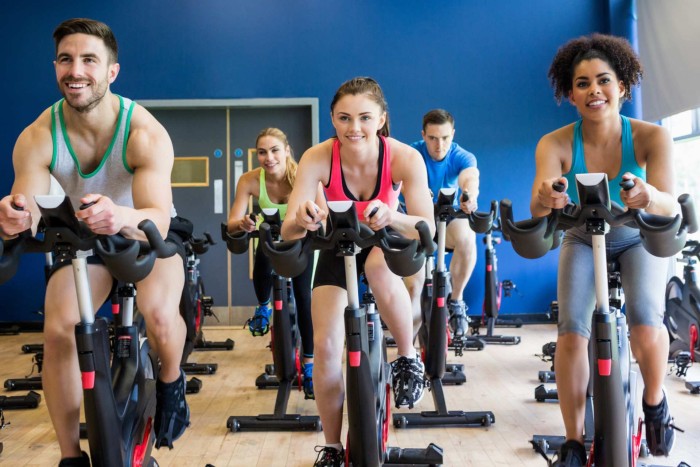People who move faster are less likely to develop type 2 diabetes than those who walk more slowly.
In a new study published in the British Journal of In Sports Medicine, Iranian researchers found that maintaining a habitual walking speed of 2.5 miles per hour (mph) or faster significantly reduces the risk of developing type 2 diabetes in the future.
Each 0.6 mph increase was associated with a 9% reduction in risk.
Our findings support the inclusion of walking speed in physical activity guidelines," says the study's lead author, Ahmed Jayedi, PhD, a nutrition researcher at Semnan University of Medical Sciences in Iran. While current strategies to increase overall walking time are helpful, they may also be helpful in encouraging people to walk at faster paces to further increase the health benefits of walking.
The health agency also estimates that, according to this study, the average walking pace of an adult is about 5 mph, so if you maintain this average pace, you could be on your way to potentially better protection against disease.
Increasing Walking Pace May Lower Risk of Type 2 Diabetes

The main reason why walking faster can reduce the risk of diabetes is insulin, a hormone in the body that regulates blood sugar levels.
An increase in the intensity of physical activity, such as. For example, walking faster helps insulin work better, absorbing blood sugar into the muscles rather than into the bloodstream (which it can do). can cause high blood sugar levels). levels), Benjamin Boudreaux, PhD, a postdoctoral researcher in physical activity and epidemiology at Columbia University's Center for Cardiovascular Behavioral Health, told Health.
Boudreaux explained how to live Having type 1 or type 2 diabetes is like having a broken key (bad insulin regulation) and not being able to open the door to enter the house (blood sugar cannot be absorbed into the bloodstream blood).
As you train and increase the intensity of your physical activity, the key changes shape (improves insulin regulation) and can open the door to walk across the world home (blood sugar can be absorbed by the body). blood circulation), he said.
What Walking Speed Demonstrates About Overall Health

Walking pace can also be an indicator of a person's overall well-being.
A faster walking speed can be an indicator of better fitness and overall health, and physically fit people tend to have better metabolic fitness, Mireille Serlie, MD, PhD , professor of internal medicine (endocrinology) at Yale School of Medicine, told Health.
Furthermore, the association [between walking speed and impaired walking speed type 2 diabetes decreased when BMI was adjusted for, suggesting that body weight "is a confounding factor in some of these studies," he said. "A high BMI is a risk factor for type 2 diabetes.
Walking speed can indicate many things beyond a person's "fitness" and should be considered an alternative to signs vital, added Boudreaux. For example, walking speed can influence heart health, life expectancy, ability to carry out life activities daily life, cognitive function and even the state of incapacity.
Serlie suggests everyone keep an eye on their walking speed just to be aware of their health, whether you use a treadmill, a fitness tracker, an activity tracker or a smartwatch or simply record how long you ran and the distance travelled.
Why Increasing Walking Speed May Help Lower Diabetes Risk
One of the primary justifications for why strolling at a quicker speed can bring down diabetes risk is on the grounds that higher strolling speeds connect more muscle gatherings and lift the pulse. This can further develop insulin awareness, which is a significant perspective in overseeing glucose levels, Pouya Shafipour, MD, board-confirmed family and stoutness medication doctor at Fortune Holy person John's Wellbeing Place in St Nick Monica, CA, told Verywell.
Ordinarily, remaining dynamic lifts insulin awareness, empowering the phones of the body to really utilize blood glucose more. This at last decreases glucose levels. Insulin, a chemical liable for managing glucose levels, assumes a significant part in this cycle.
In addition, Priya Jaisinghani, MD, endocrinologist and corpulence medication expert at NYU Langone Wellbeing, underlines that quicker strolling speed raises the power of actual work. This expansion in power can quite bring down insulin obstruction, a key variable related with the improvement of type 2 diabetes.
Moderate-power active work has been displayed to further develop insulin responsiveness and lower insulin opposition," Jaisinghani said. "Moderate-power high-impact movement incorporates lively strolling no less than 2.5 miles each hour."
It's vital to note while this study featured the likely advantages of quicker strolling speeds, individuals ought to participate in any measure of strolling they can endure no matter what the speed, Jaisinghani said.
How to Track Your Walking Speed?
:max_bytes(150000):strip_icc()/how-long-should-you-walk-to-lose-weight-3432706-2407-8d9f311dc7cd4c1881901bee1c8daf5a.jpg)
A decent guideline for checking pace is to utilize the discussion test, which is a straightforward method for estimating relative power.
As per the CDC talk test, you can see you're strolling energetically (around 3 miles 60 minutes) in the event that you can in any case talk yet can't sing while at the same time strolling, Jaisinghani said.
Other than utilizing the discussion test, there are a few different strategies you can use to follow your strolling speed, including portable strolling speed applications, shrewd watches, wellness groups, and web based planning devices. Strolling on the treadmill makes it simple to screen miles each hour, as well.








